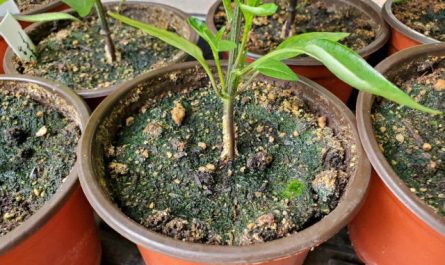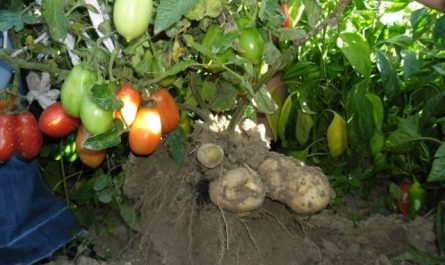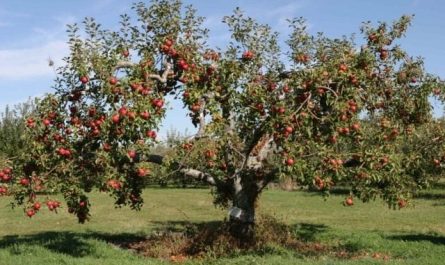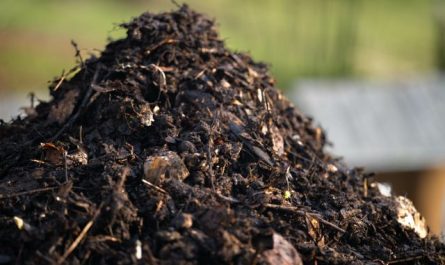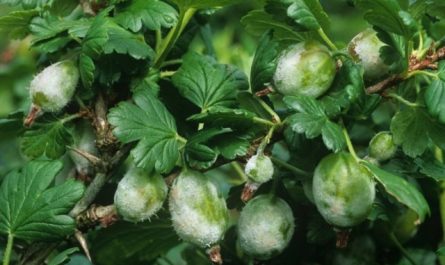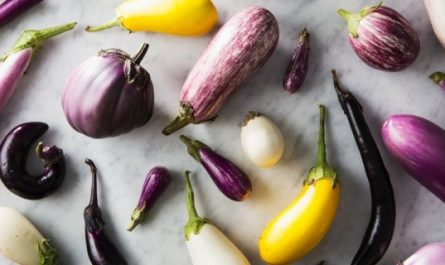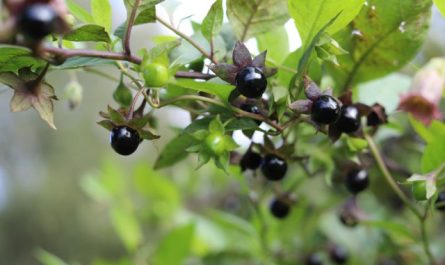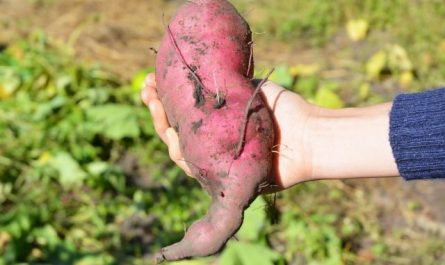Let’s continue the topic of columnar varieties of fruit trees. Following apple trees and pears, columnar varieties of plums appeared a little later. This direction of selection turned out to be very successful, the varieties turned out to be fruitful and not particularly demanding in care. Therefore, they quickly win the hearts of gardeners, but there are secrets here too.

Columnar plum varieties have almost no side branches, so, as a rule, they do not require pruning. In addition to the central twig, there are so-called spears – shoots 2-15 cm, pointed in shape and rings – short (1-4 cm) with annual rings and a central bud. These formations are the basis of the future harvest. With proper care, the columnar plum is abundantly hung with numerous large fruits by autumn.
Columnar plum seedlings, although expensive, quickly pay for themselves within 3 years. Such a seedling begins to bloom in the first year, and bears fruit the next year, for 16-18 years. Then the yield drops sharply and the tree requires replacement, although it can continue to grow in the garden, but already as an ornamental one.

Planting and care
Before planting seedlings of columnar plums, the soil is fertilized with organic matter, but at the time of planting it is better not to use fertilizers (especially mineral ones). The root system may not cope with abundant fertilizing. Planting is usually carried out in rows at a distance of 30-50 cm and 1,2 – 1,5 m between rows. Fertilizing is carried out 3 times a year, with urea, at the rate of 50 g per 10 l of water (2 l per 1 tree). The first fertilizing is after the buds open, the second – after 2 weeks, the third – after another two weeks.
As was written above, pruning of columnar plums is usually not carried out, however, if the apical bud of the central shoot is damaged, then one lateral one is left and it is already maintained as the central one. Although some gardeners prefer to leave 2 or 3 shoots (we told how to do this in relation to columnar apple trees). There are also fans of creating bush-like forms (as shown in the photo).
Don’t forget to treat the plums with preparations against pests and diseases (then the harvest will be noticeably higher), and in winter provide protection from rodents and frost, because the bark of columnar plums is thin and relatively delicate.

Varieties of columnar plums
There are not many varieties of columnar plums, let’s look at the most popular ones.
- Blue Sweet — medium ripening, up to 2 m high, crown diameter – 0,7-0,9 m. High-yielding, with large (up to 70 g) purple fruits. Frost-resistant.
- Imperial – characterized by a more delicate taste than Blue Sweet. Medium height, high yield and frost resistance, but requires more watering. Fruits are juicy up to 60 g.
Well, for lovers of yellow plums, the columnar plum variety is suitable. Mirabel (or as it is sometimes called Mirabella). It is the fruits of this variety that serve as the basis for the famous French Mirabelle pie – a symbol of Lorraine. It is also used to make excellent jam and the famous plum brandy.
